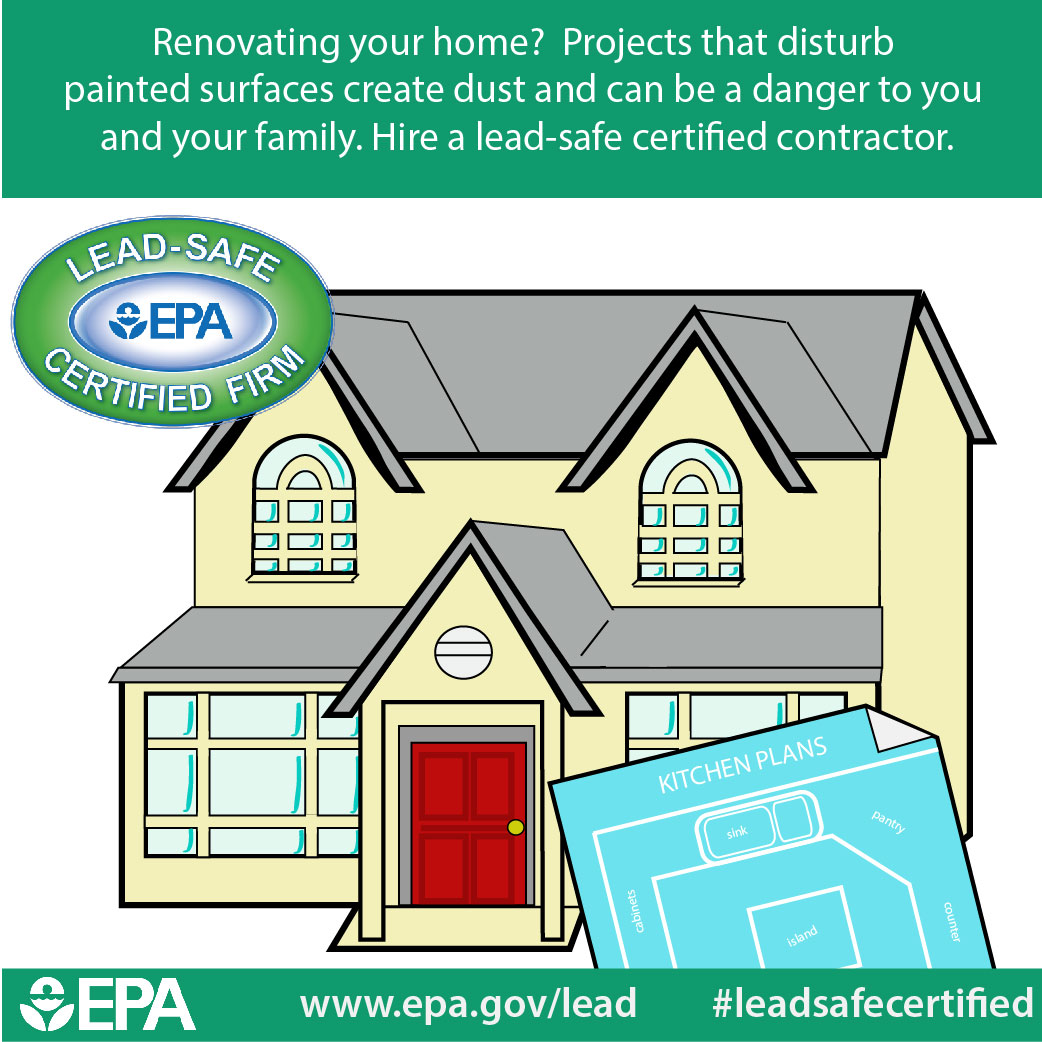The Duty Of Weather Condition In Shaping Business Paint Practices
The Duty Of Weather Condition In Shaping Business Paint Practices
Blog Article
Article Developed By-Osborn Han
When you're taking care of a commercial paint task, you can not ignore exactly how weather condition plays a crucial function in your success. Aspects like temperature level, moisture, and wind can either boost or threaten your initiatives, impacting everything from application top quality to safety on duty site. painter marketing could believe you can paint anytime, however the reality is that specific problems can result in costly delays or inadequate coatings. Comprehending these components is essential, but what details methods can you execute to ensure optimal results in the middle of uncertain weather?
Temperature and Paint Application
When it pertains to commercial painting, temperature plays a crucial duty in how well the paint adheres and dries out. If you're planning a task, keep an eye on the temperature level variety advised by the paint maker. Preferably, you intend to work within that range for optimum results.
When temperatures are also low, paint can end up being thick and harder to apply, resulting in irregular protection. You may find yourself battling with brush strokes or roller marks that just won't go away.
On the flip side, heats can cause paint to dry as well rapidly. This can cause issues like fracturing or peeling off, as the paint does not have sufficient time to bond correctly to the surface area.
If it's also hot, think about arranging your work for cooler parts of the day, such as early morning or late afternoon.
Moisture and Complete High Quality
Moisture substantially influences the surface quality of commercial paint tasks. When moisture levels are high, dampness in the air can interfere with the drying process of paint. This can lead to issues like poor adhesion, irregular coatings, and increased drying out times.
You might find that your paint takes longer to heal, which can postpone your project timeline.
On the other hand, low humidity can also pose problems. If the air is too completely dry, paint can dry out as well rapidly, protecting against proper leveling and resulting in a rough coating. You want your paint to move efficiently, and fast drying can prevent that, leaving you with a disappointing surface area.
To achieve the best coating, go for humidity degrees between 40% and 70%. This array enables optimal drying problems, making certain that the paint sticks well and degrees out effectively.
Take into consideration making use of dehumidifiers or fans to regulate moisture in indoor jobs, and try to intend outdoor projects for days when humidity is within the suitable range. By taking notice of humidity, you can boost the final appearance and longevity of your commercial paint work.
Wind and Outdoor Conditions
While you mightn't think of wind as a major element, it can dramatically influence the result of exterior business painting jobs. High winds can disrupt your application process, triggering paint to dry too promptly. When paint dries as well quickly, it can cause an irregular surface or noticeable brush strokes.
You'll likewise encounter challenges with paint overspray, as wind can carry particles away from the intended surface area, resulting in thrown away products and possible damage to surrounding locations.
Additionally, solid gusts can create safety hazards on duty site. Ladders and scaffolding are a lot more at risk to tipping in gusty problems, putting your crew in jeopardy. https://www.homesandgardens.com/interior-design/how-to-paint-a-stairwell to keep an eye on wind rates before starting a project. If winds go beyond safe restrictions, it's best to delay your job to make certain a high quality surface and preserve safety and security.
On calmer days, you can take advantage of the excellent conditions to achieve smooth, professional results. Constantly examine the weather prediction and plan as necessary.
Final thought
To conclude, recognizing just how climate influences industrial painting is critical for attaining the best outcomes. By checking temperature level, moisture, and wind conditions, you can arrange your jobs during optimal times. This not just ensures a smooth application however likewise enhances the high quality of your surface. So, keep an eye on the forecast and strategy as necessary-- doing so will save you time, money, and aggravation while providing a professional end result whenever you repaint.
